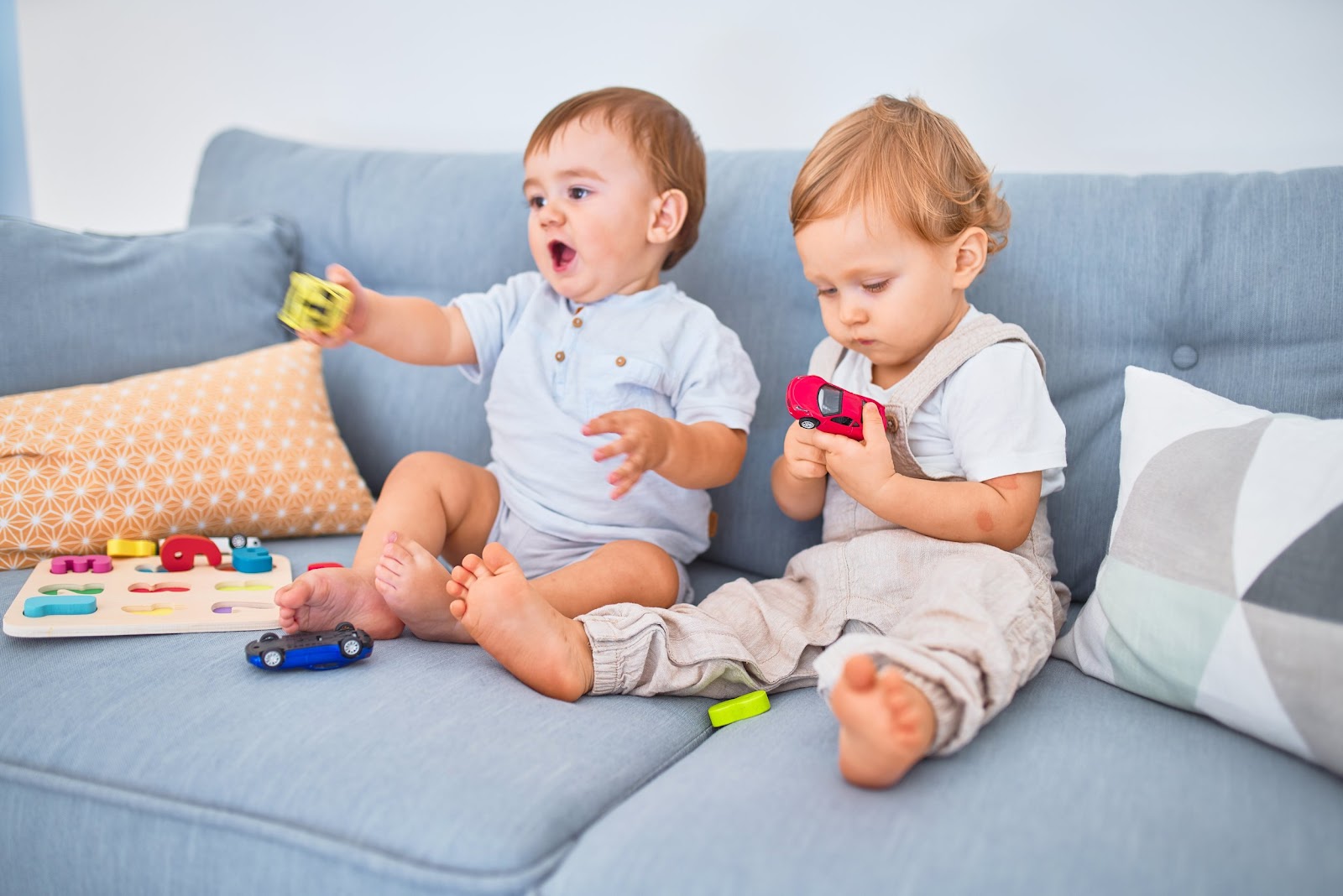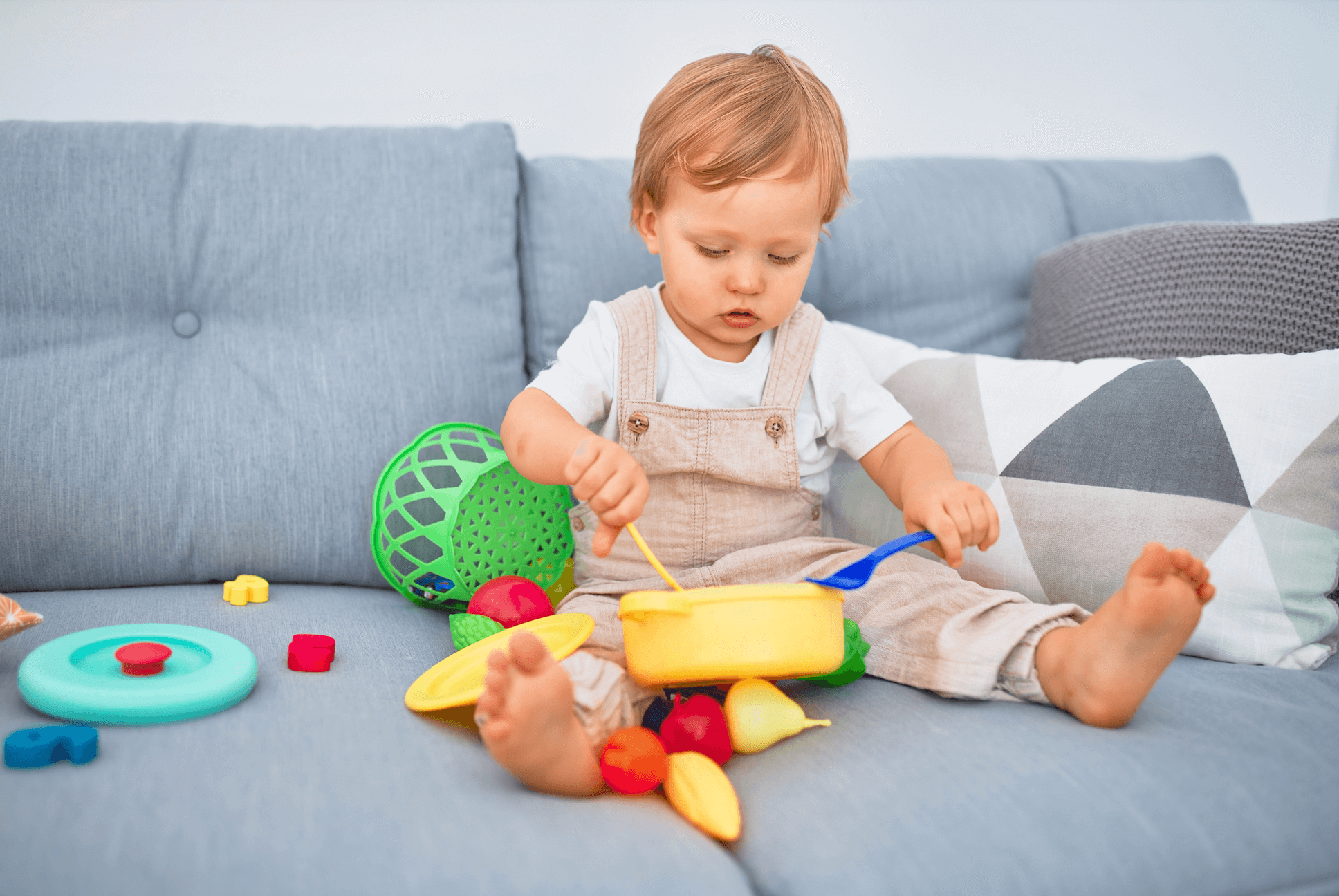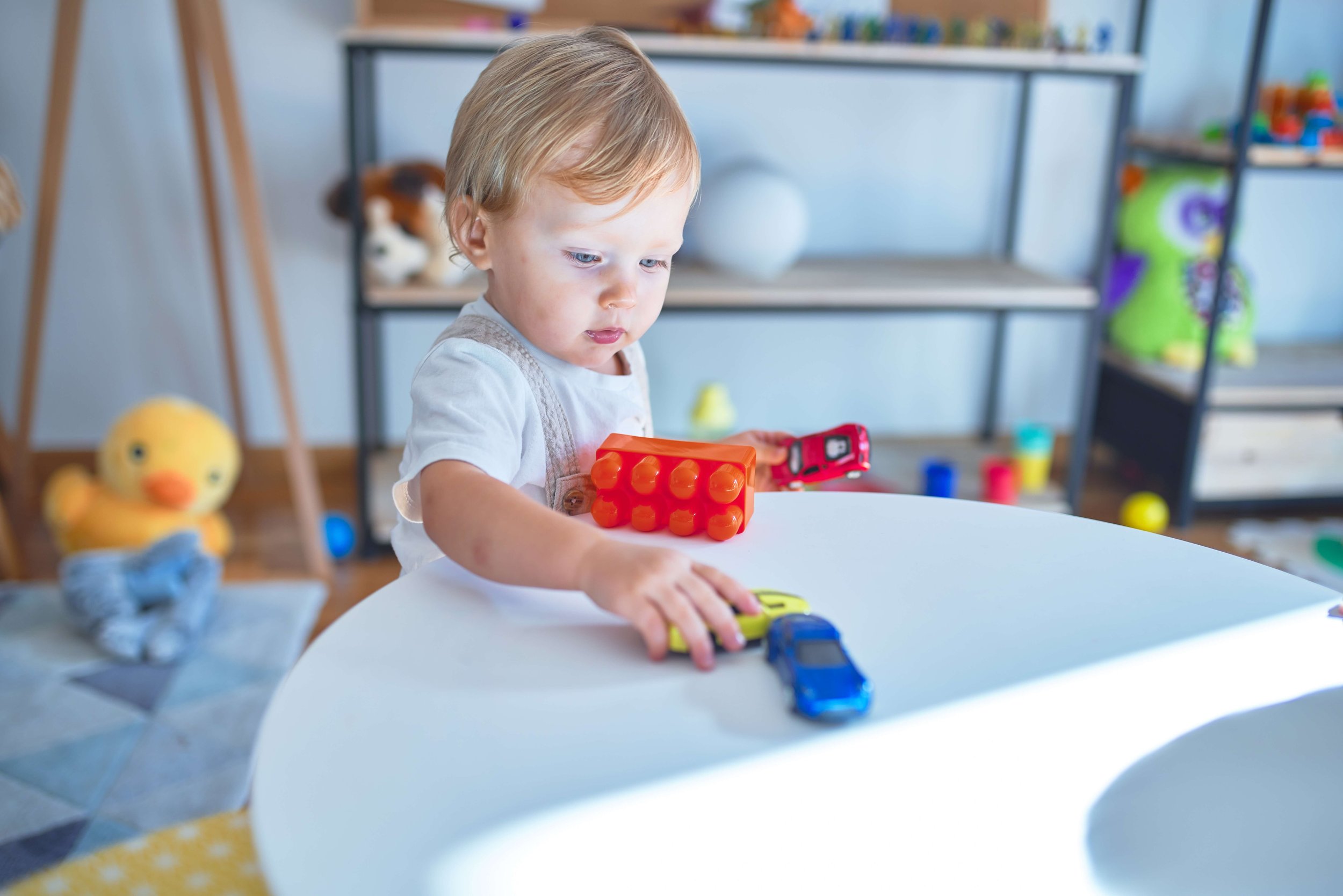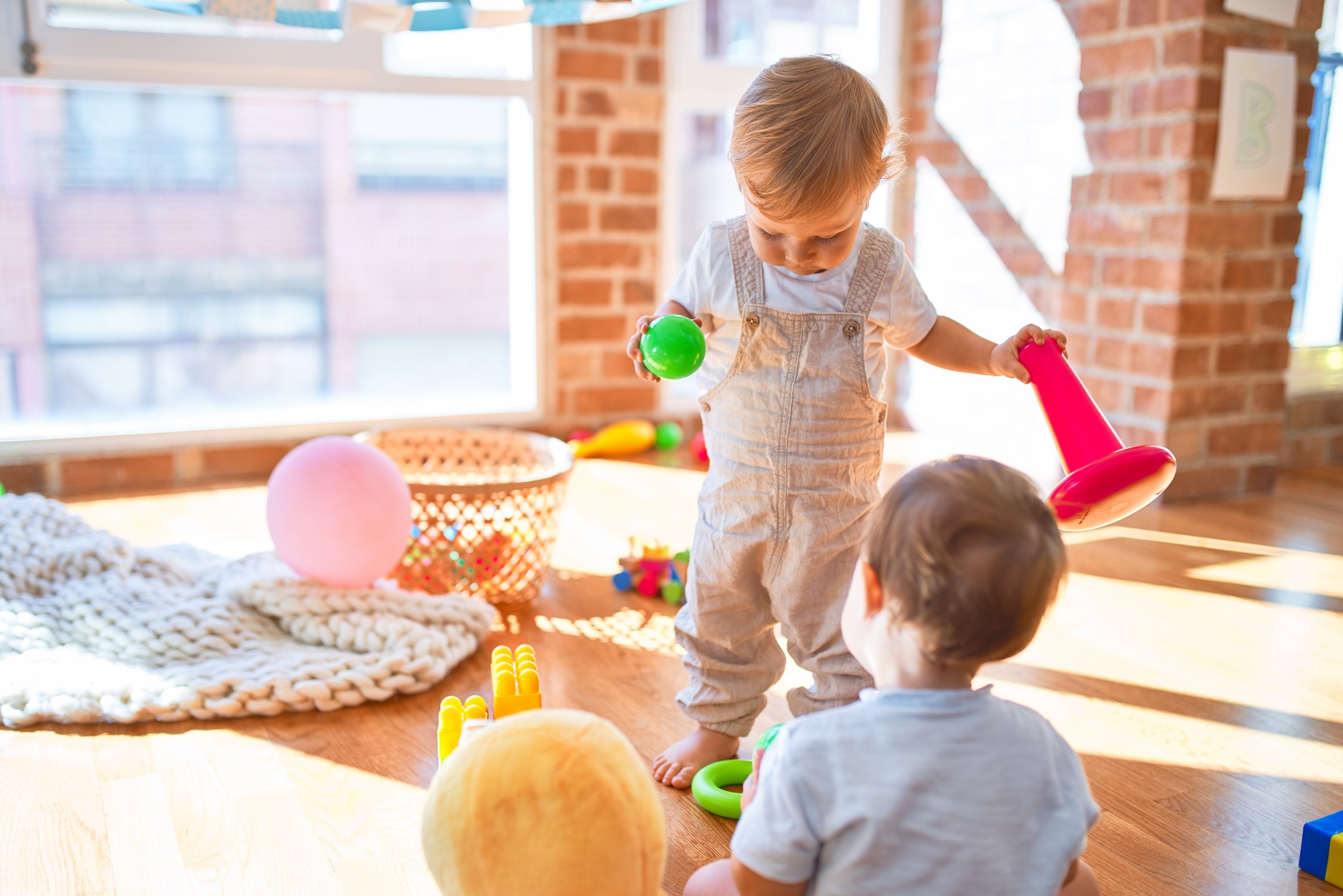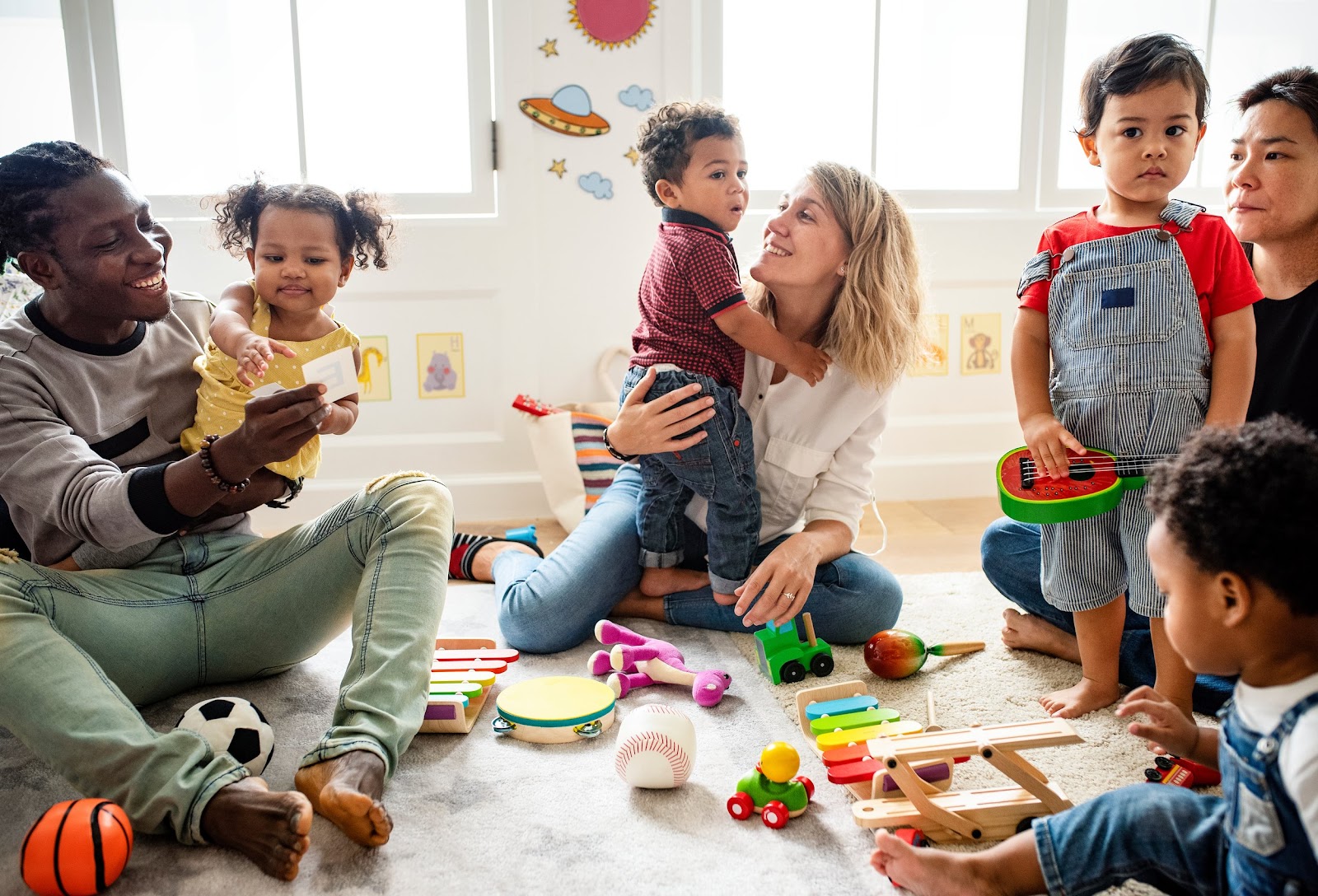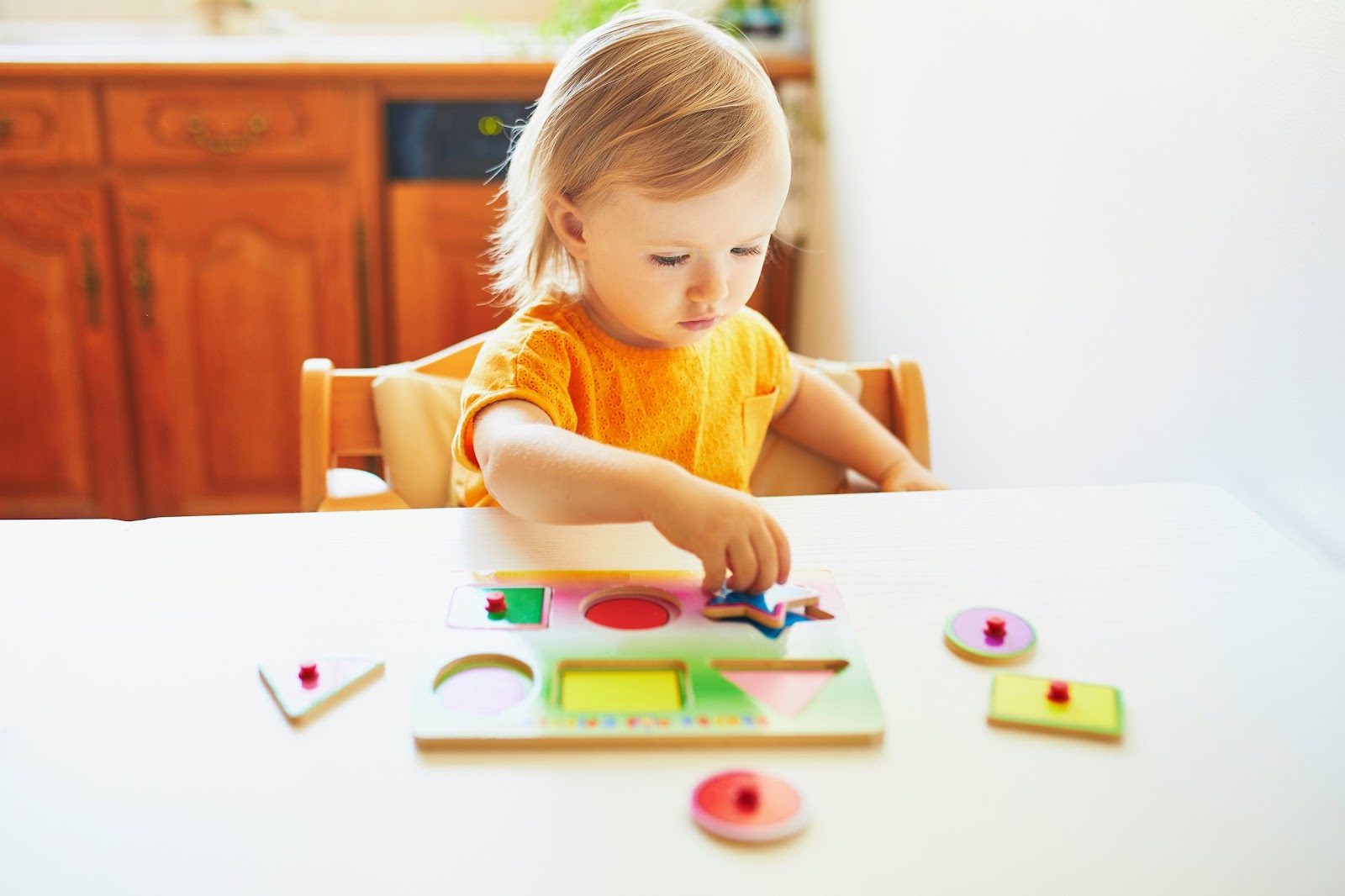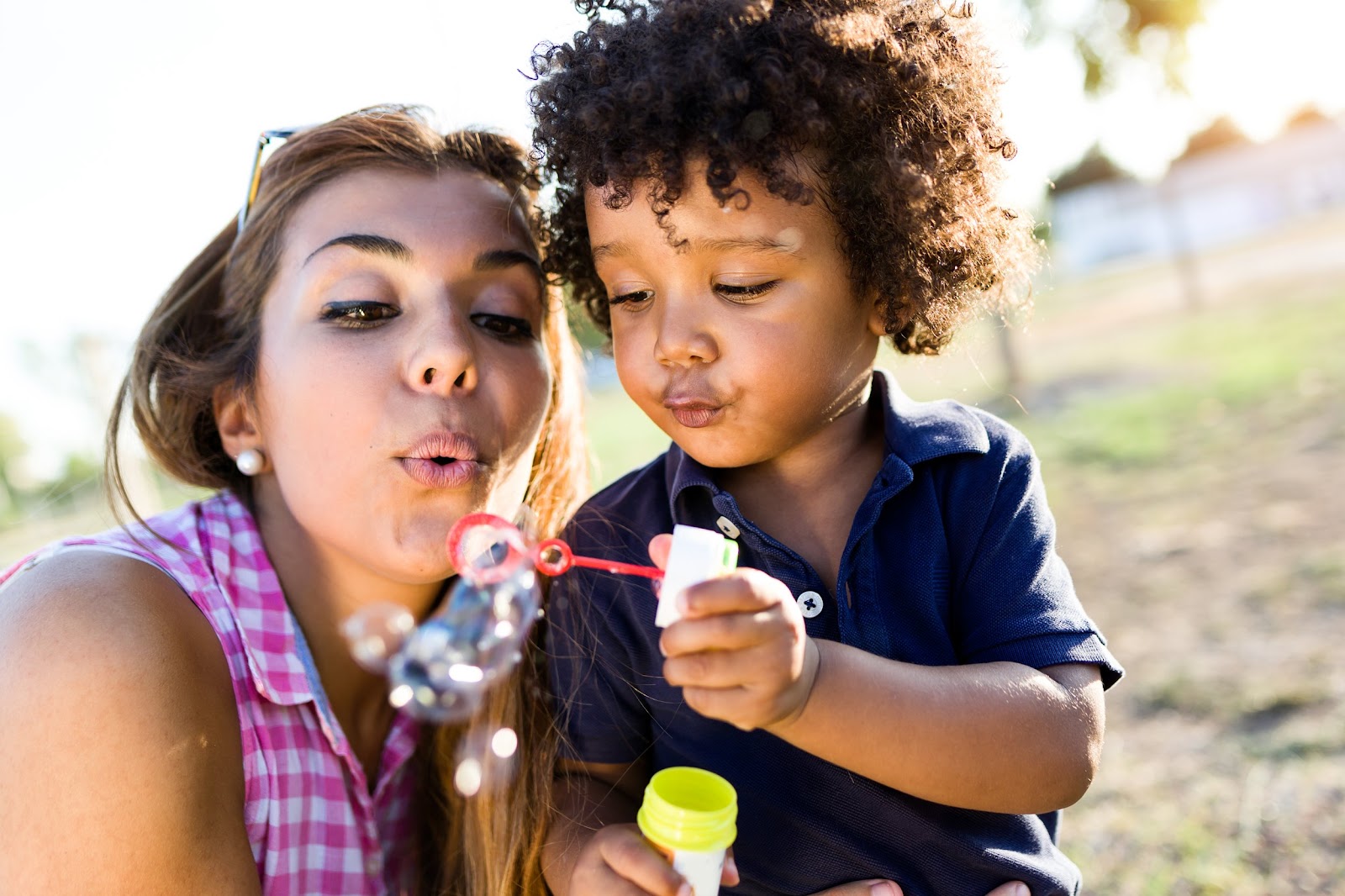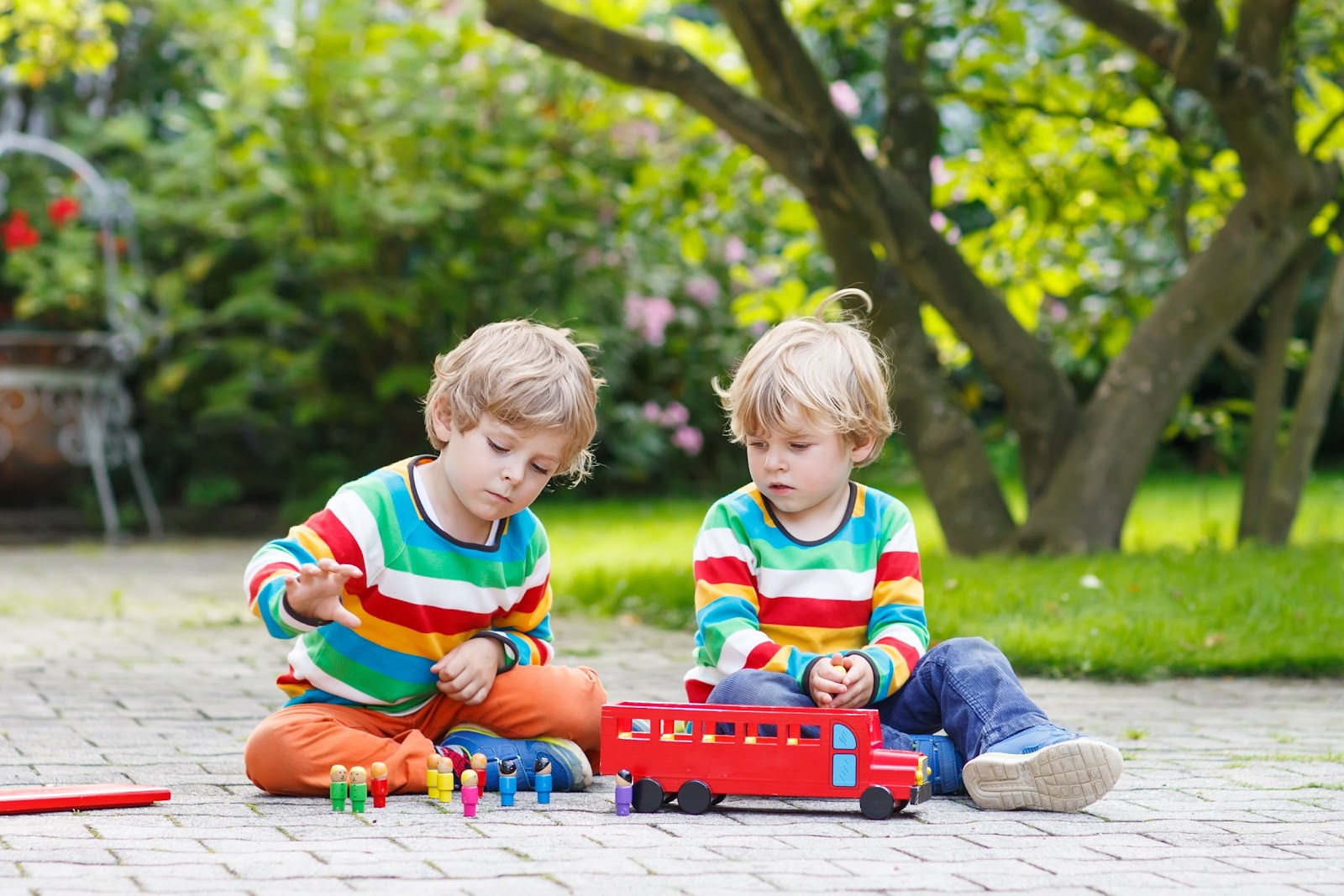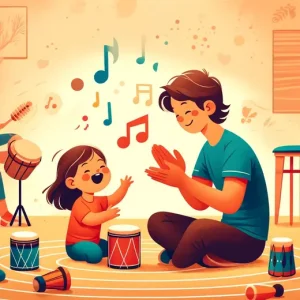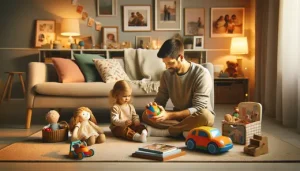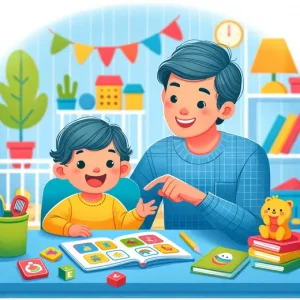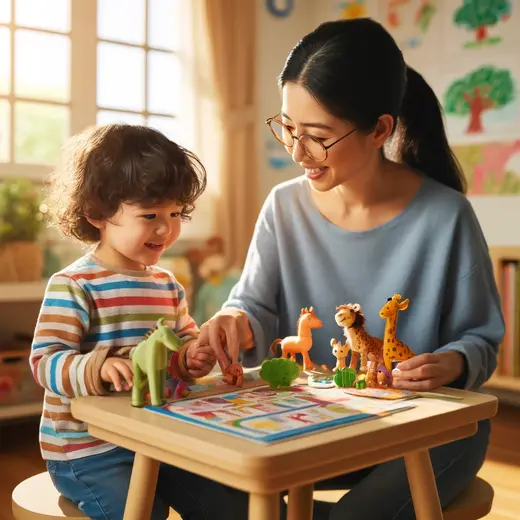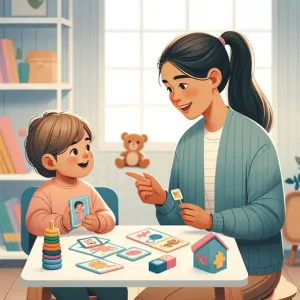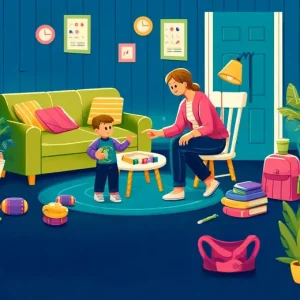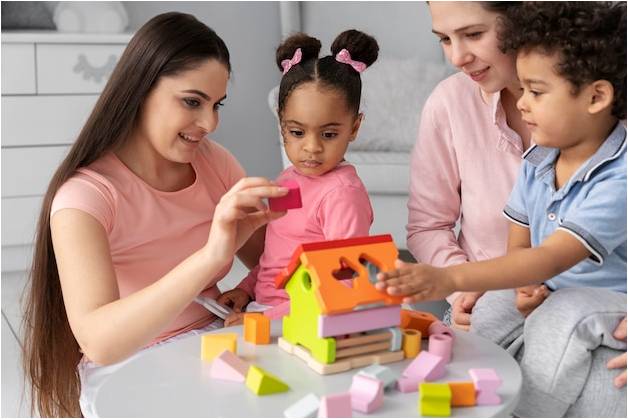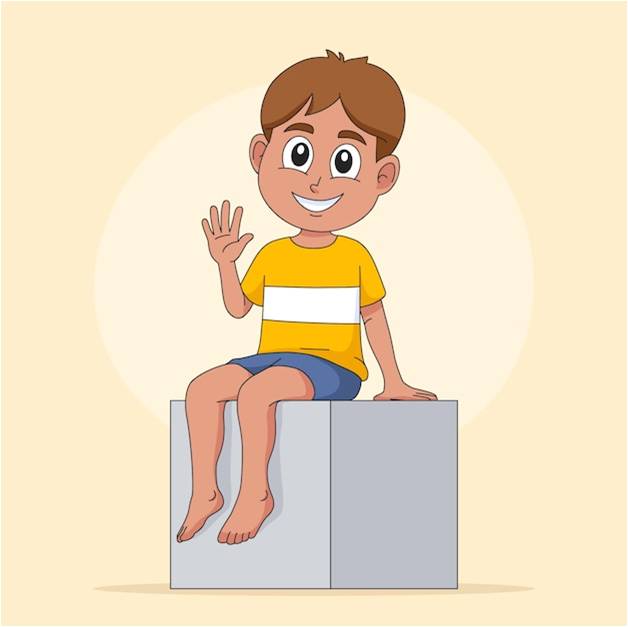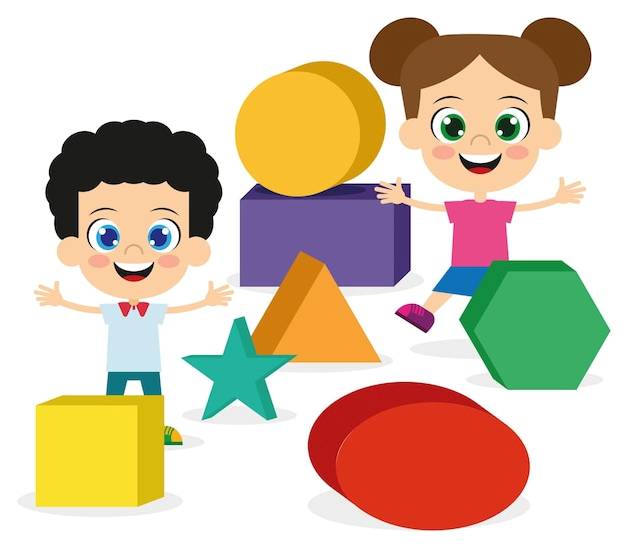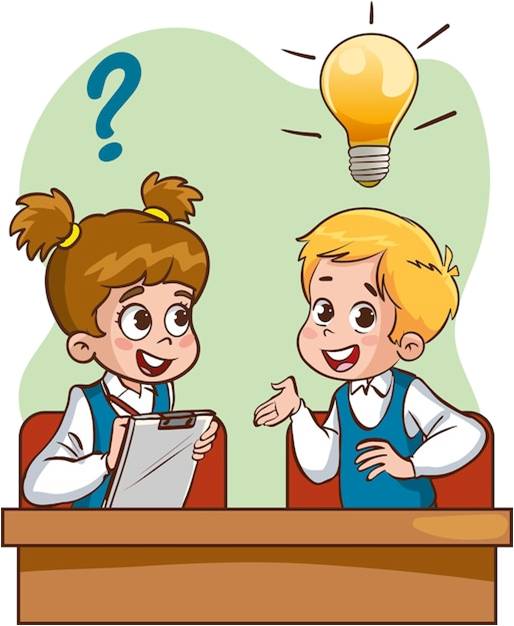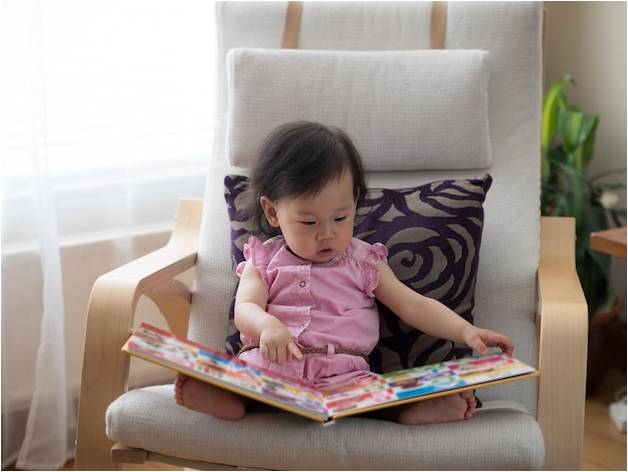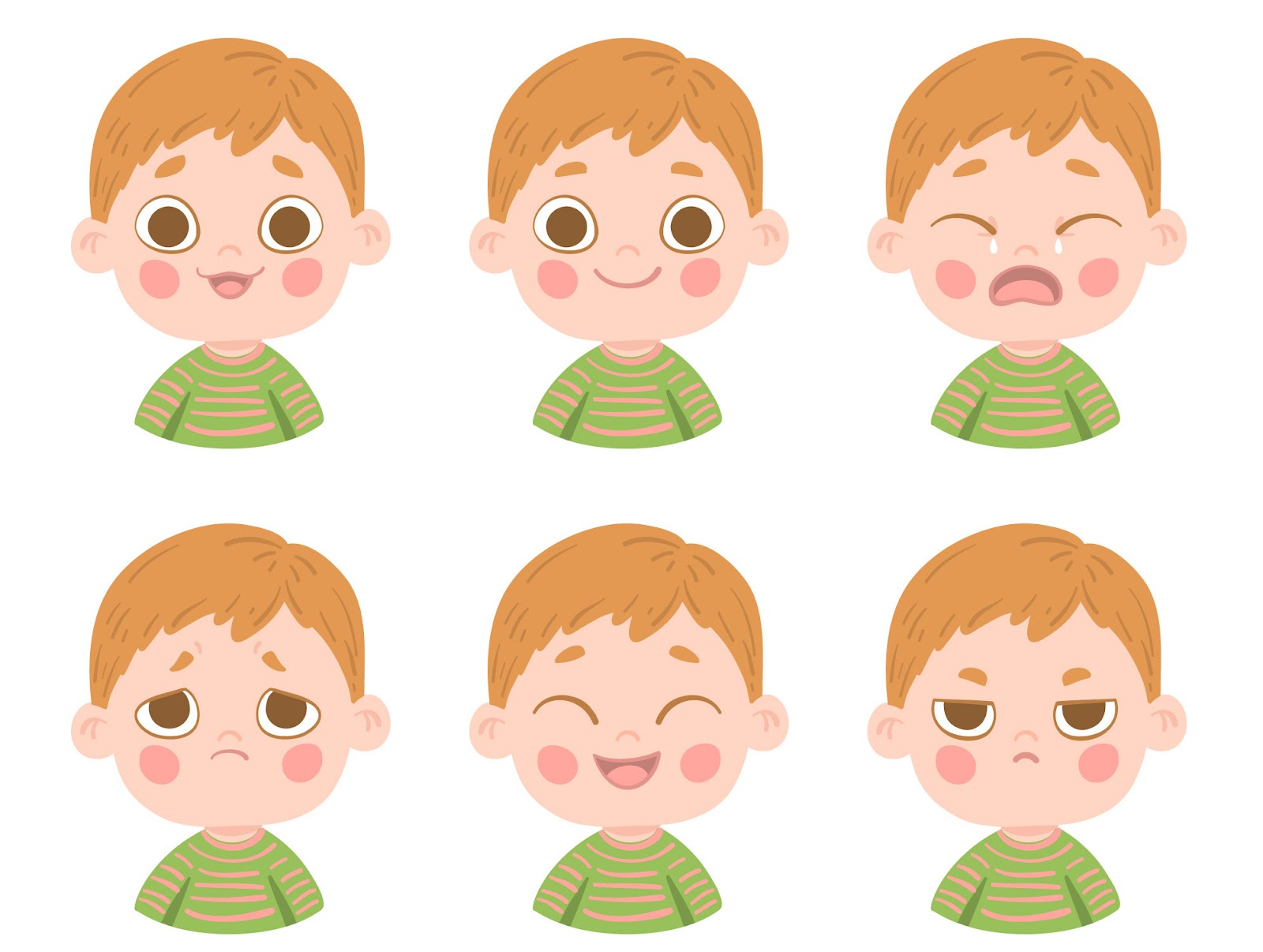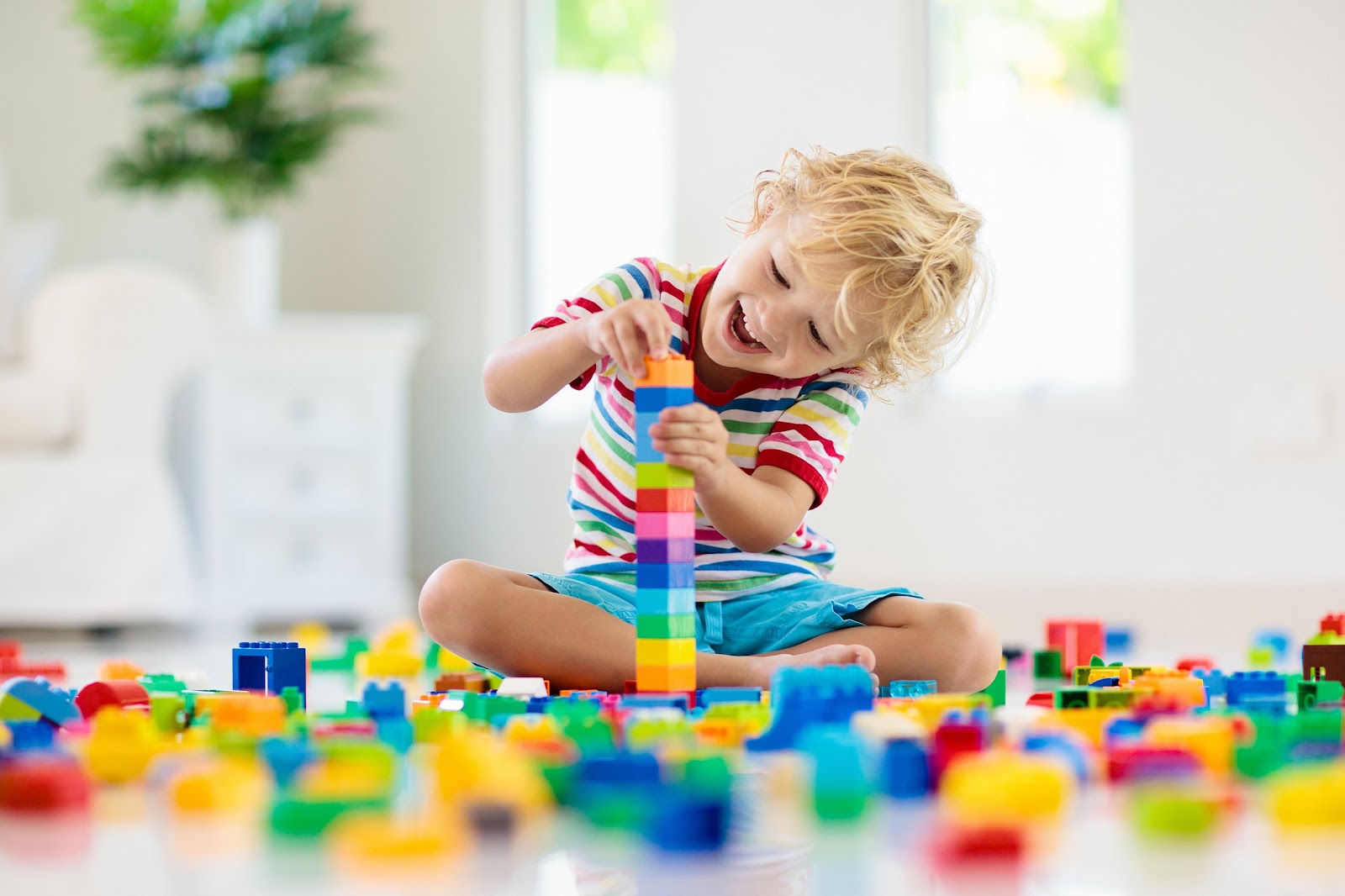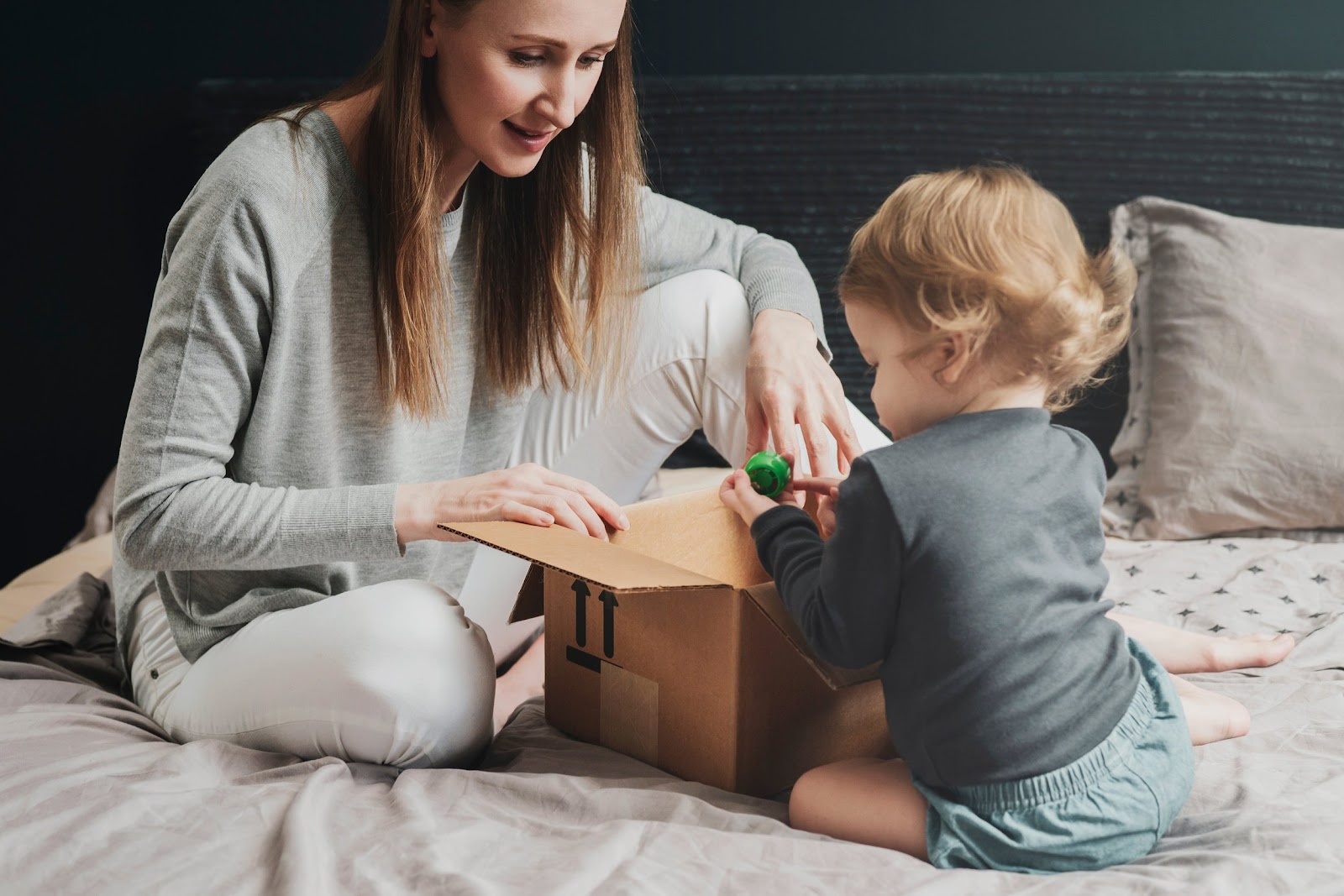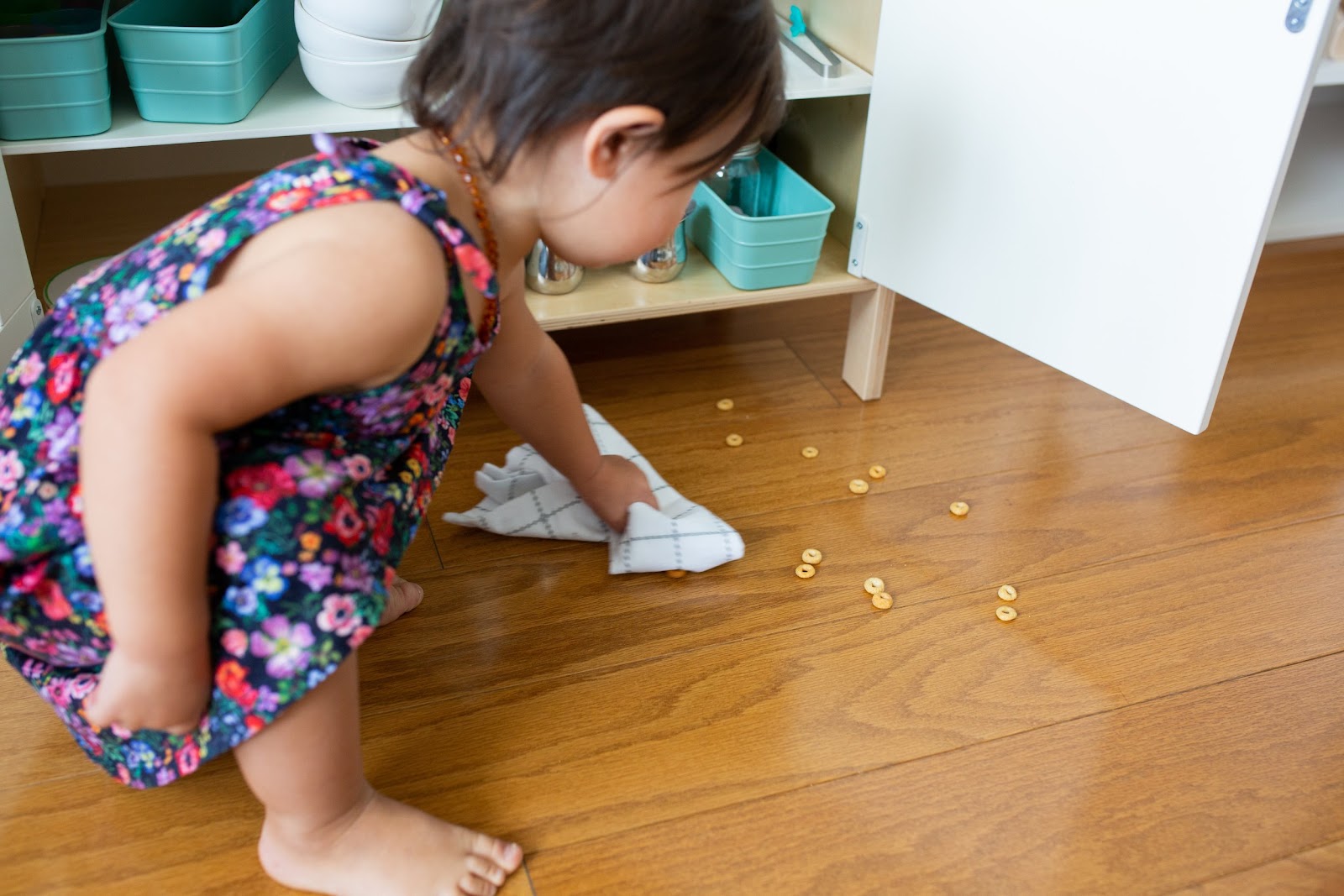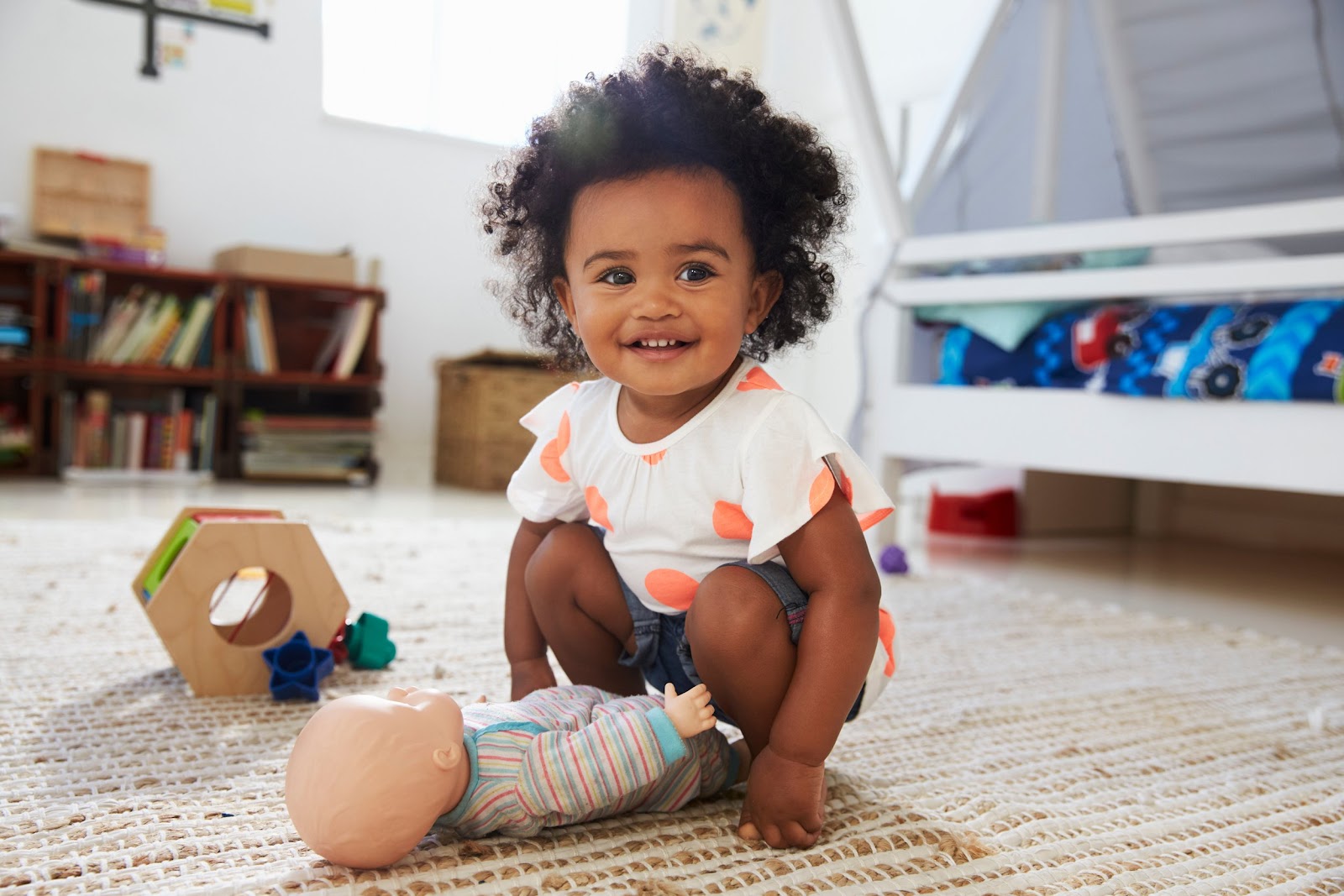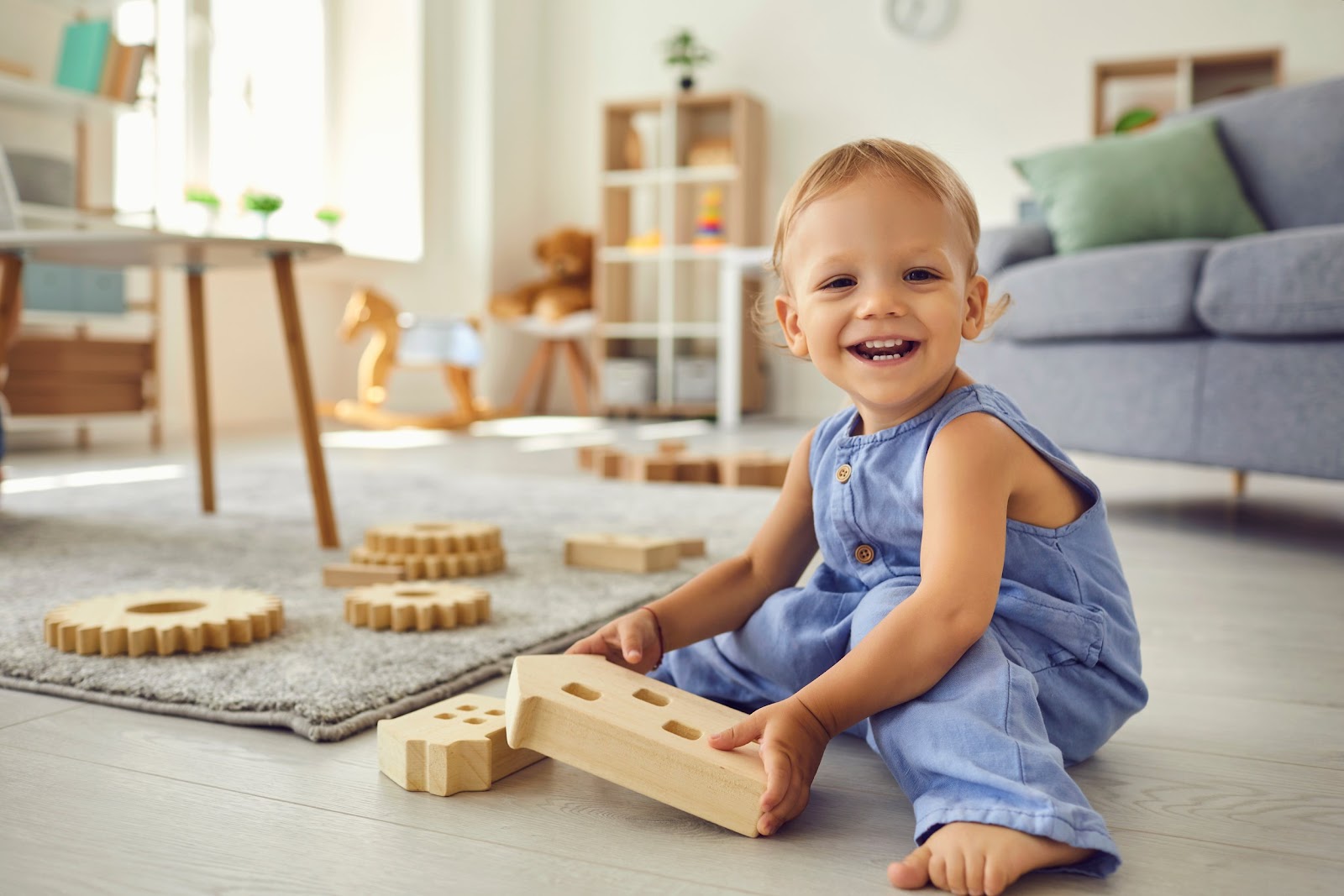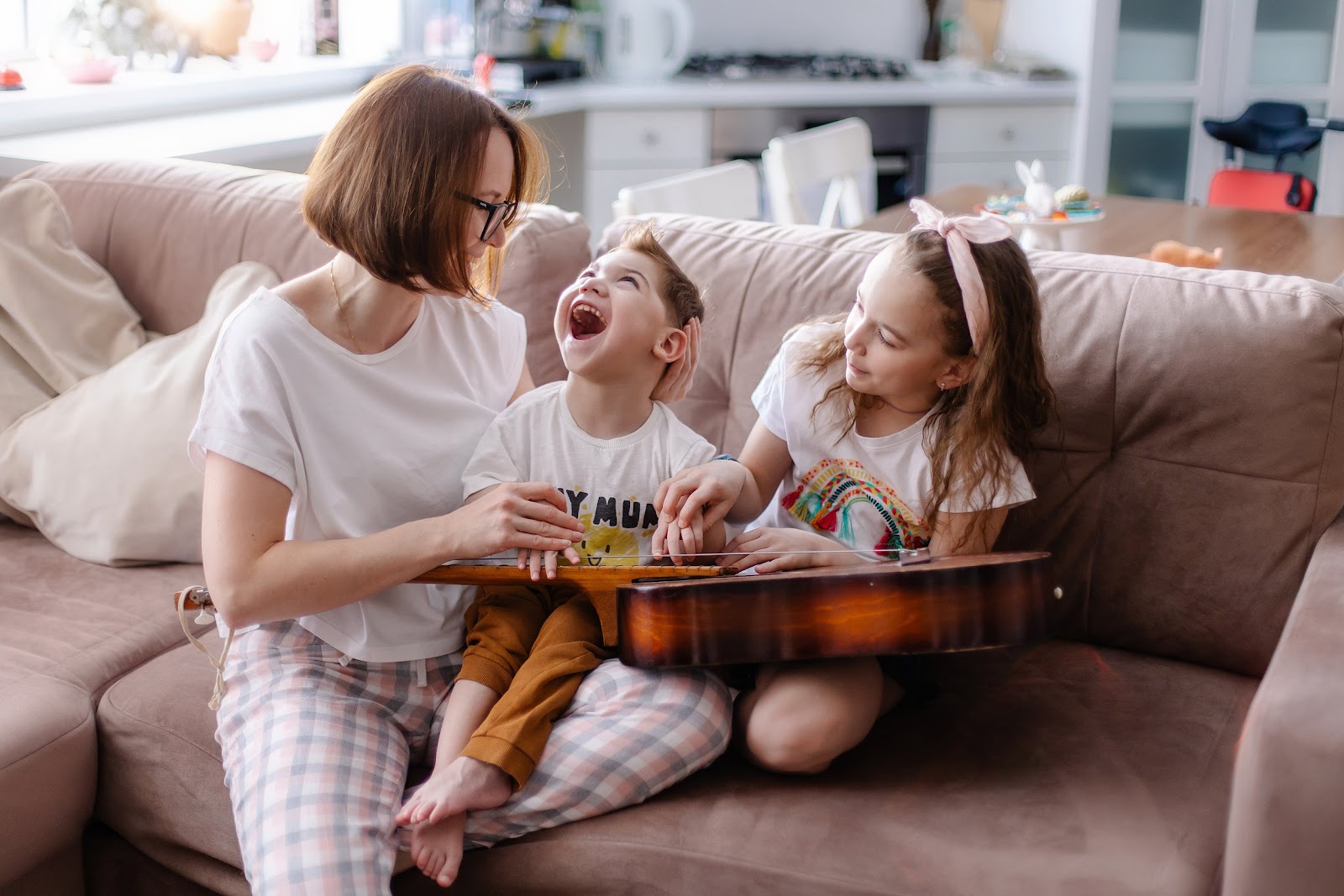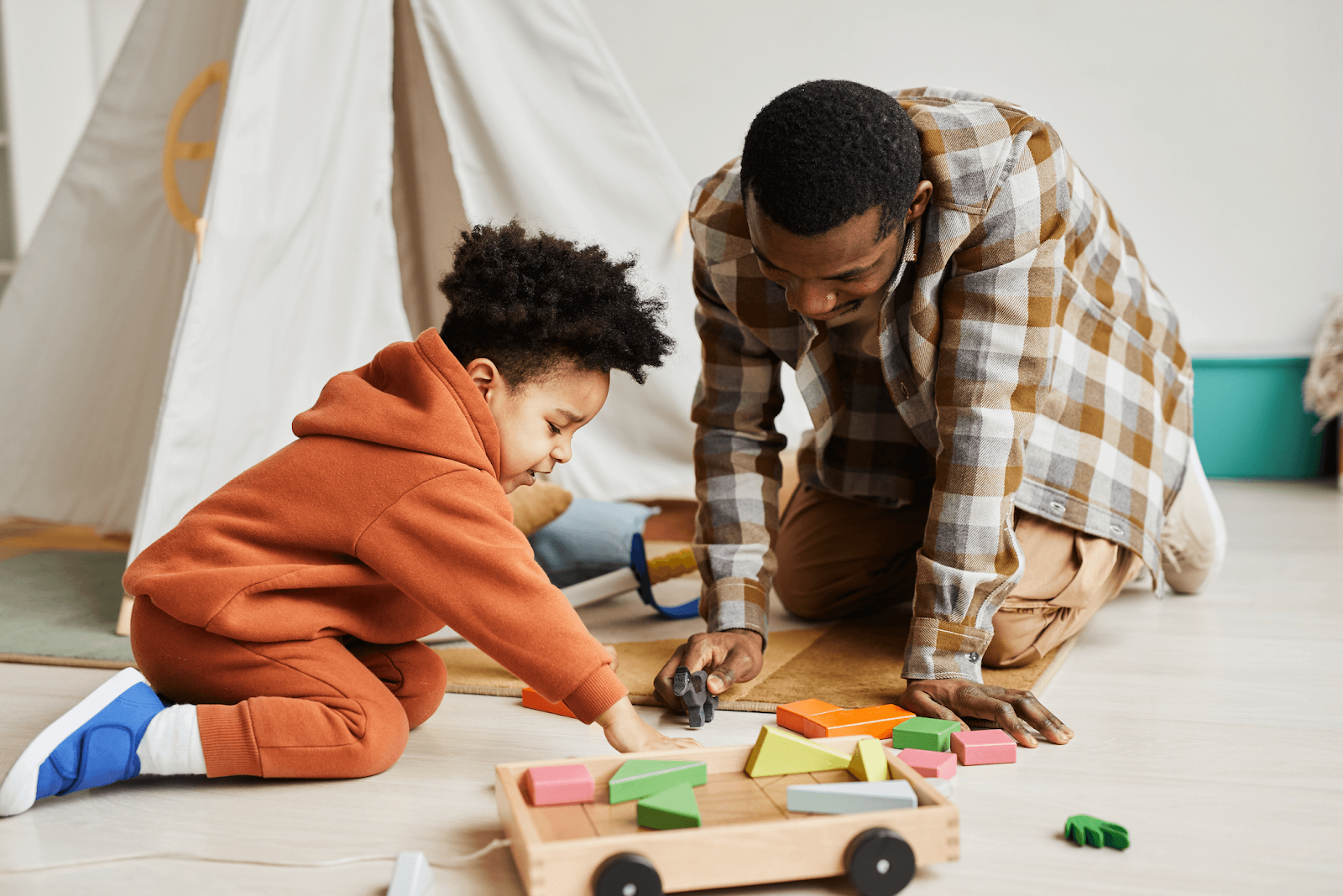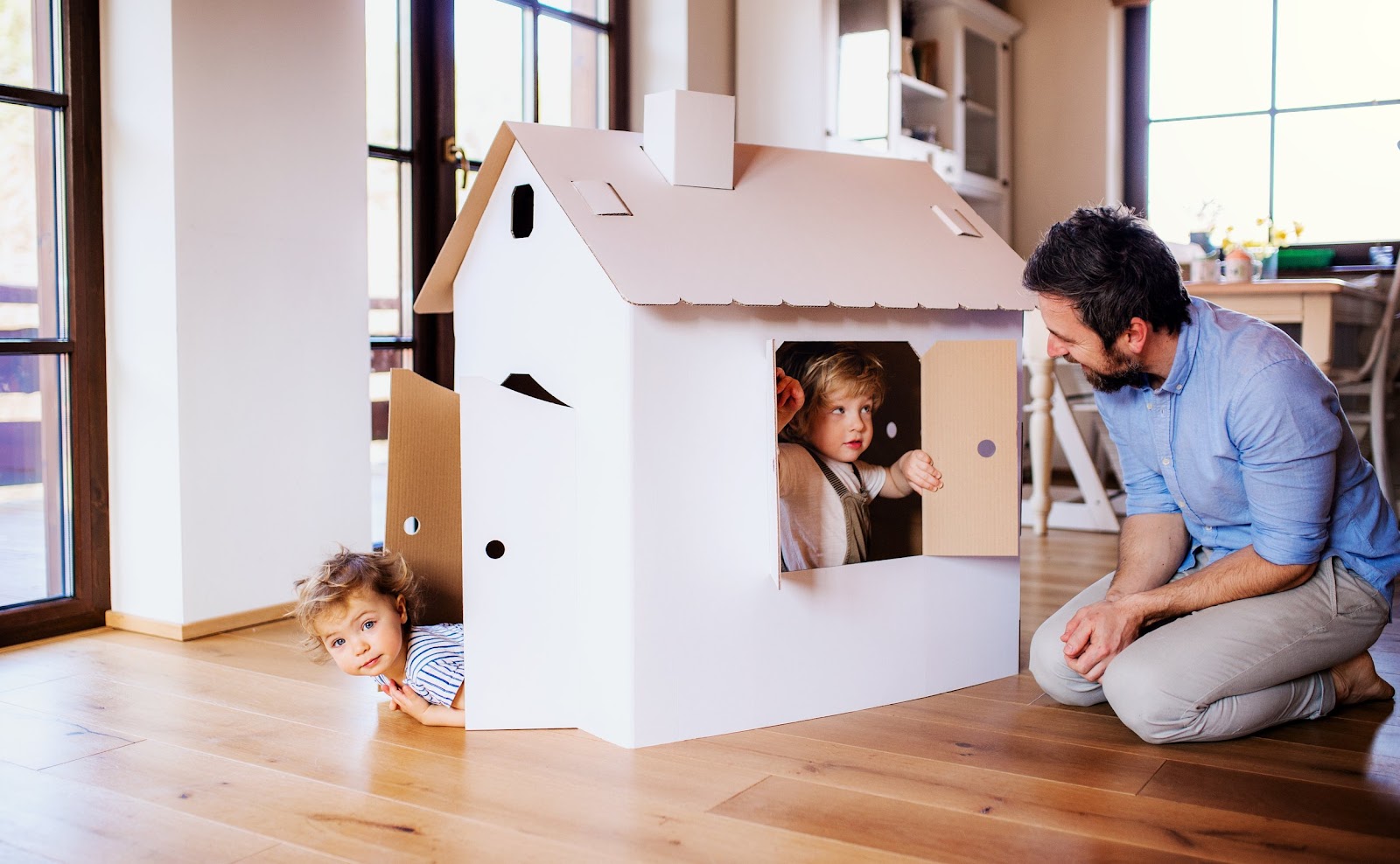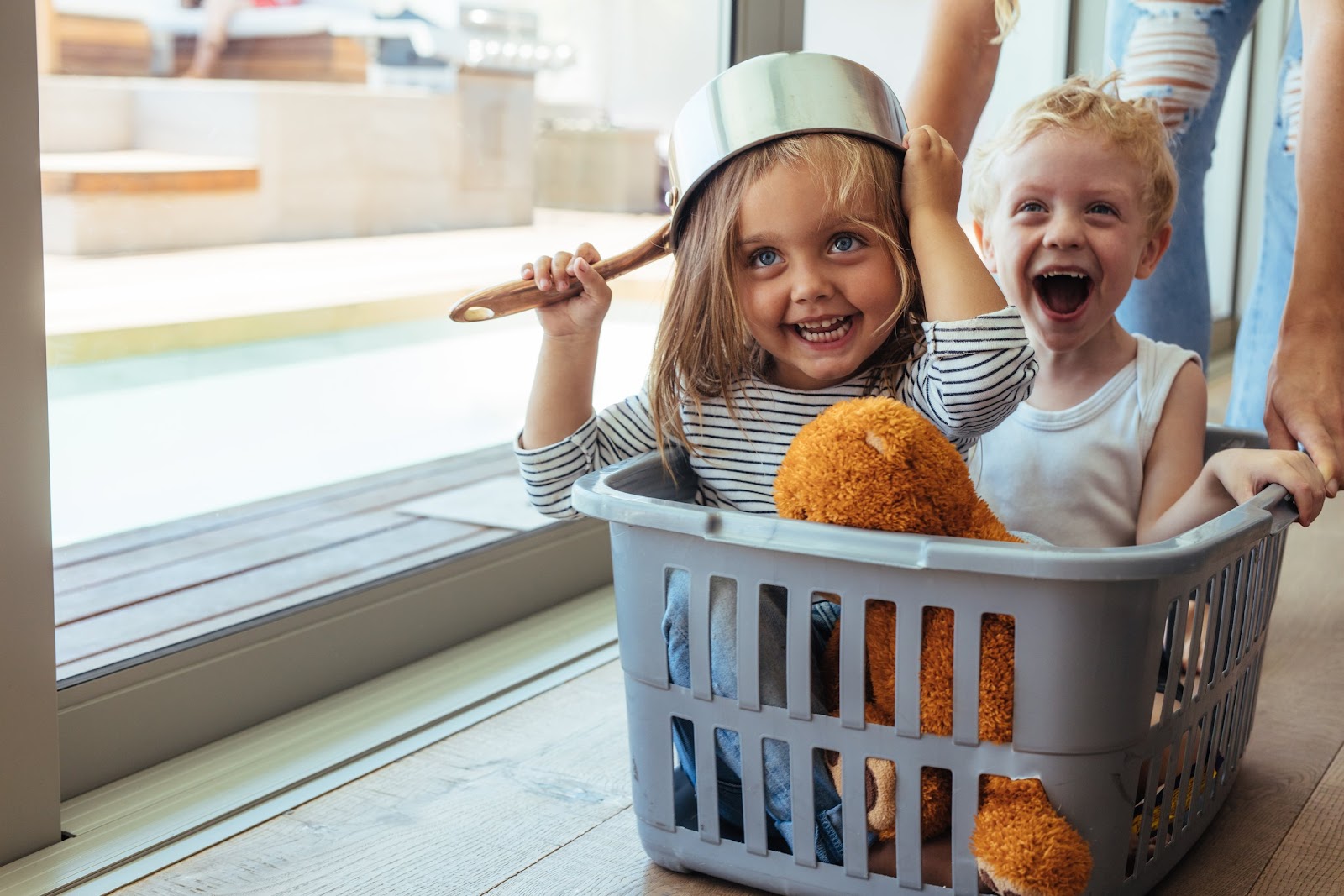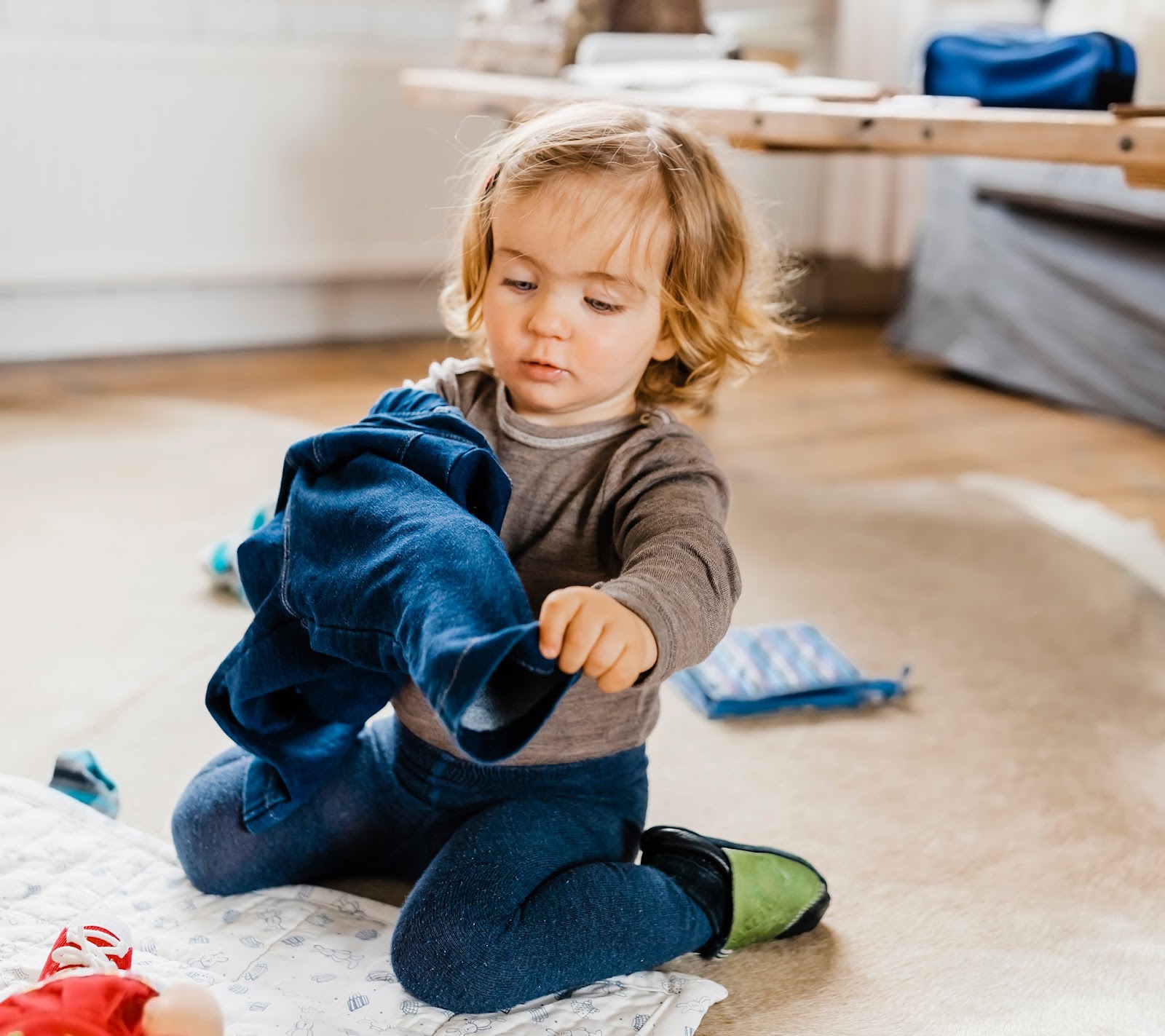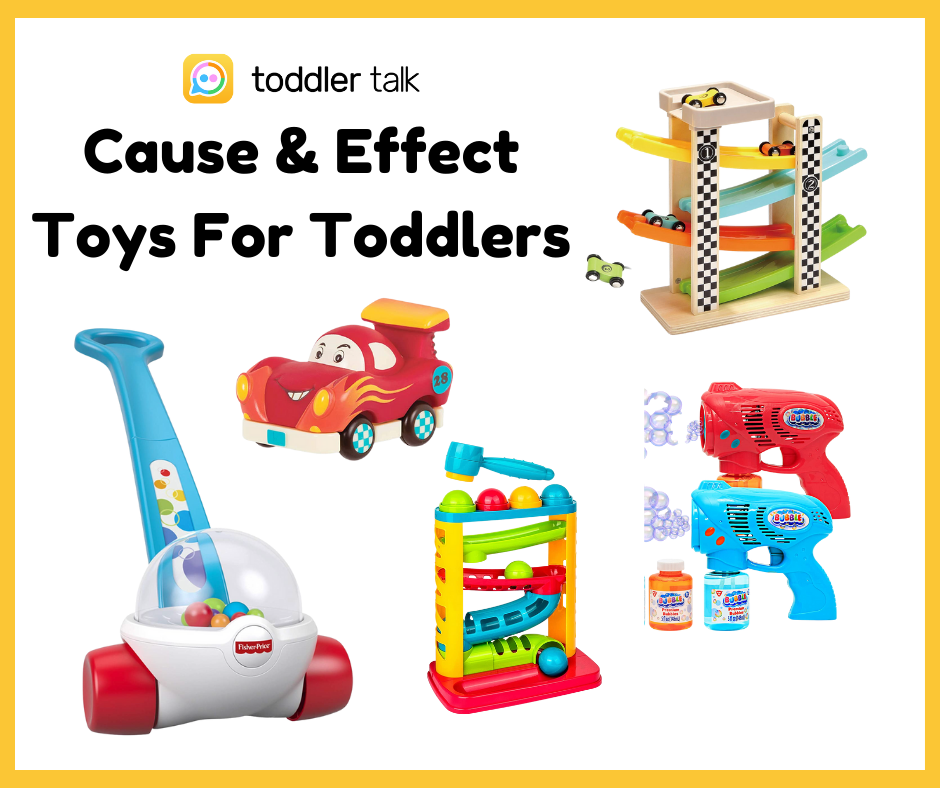Understanding Baby's Nonverbal Cues and Signals
Newborns are naturally wired to seek human connection and communicate their needs. The love and care they receive during this stage greatly influence their future development. This underscores the importance of parents being attuned to the nonverbal cues and baby signals that their little ones give them.
At different stages, babies engage in nonverbal communication through various means. Yawning may indicate tiredness, alert eyes and an upturned mouth convey pleasure and a desire to interact, while pushing away touch or objects signifies rejection.
However, it is crucial for caregivers to recognize that each baby has their unique nonverbal language. For example, an open palm might signal reassurance for one child, but it could indicate stress for another. Understanding these individual nuances requires familiarity with the infant's unique signals.
The Importance of Understanding Baby’s Nonverbal Messages
Effective communication strengthens the emotional bond, reassuring the baby that they are understood and cared for, promoting love and attachment. By recognizing nonverbal cues, parents demonstrate attunement, building trust and creating a secure foundation for the baby's overall development.
Babies communicate from birth through sounds like crying, cooing, and squealing, as well as facial expressions such as eye contact, smiling, and grimacing, and gestures or body movements like leg movements reflecting excitement or distress, and later on, pointing gestures.
Being able to interpret the body language of others is essential for understanding social cues, such as knowing when to interrupt, recognizing humor, or assessing trustworthiness. A lack of adequate non-verbal communication skills before a baby starts talking can lead to behavioral difficulties later on.
Nonverbal baby communication also plays a crucial role in language development, as parents can interpret their baby's expressions and gestures, facilitating early communication skills. It also aids in emotional regulation, allowing parents to provide comfort and support during moments of distress.
By understanding the unique nonverbal language of each baby, parents can provide individualized care that meets their specific needs effectively.
Types of Nonverbal Communication in Babies
In babies, nonverbal communication encompasses a range of types, including facial expressions, vocal sounds, and body movements. These forms of nonverbal cues provide valuable insights into their emotions, needs, and desires.
Facial Expressions
Facial expressions play a significant role in conveying emotions and needs. Babies can express joy through smiles, display discomfort or distress through frowns or grimaces, and show surprise or curiosity through widened eyes.
Vocal Sounds
Vocal sounds are another important aspect of nonverbal communication in babies. Cooing and gurgling sounds often indicate contentment or pleasure, while crying serves as a clear signal of discomfort, hunger, or a need for attention. Babbling, characterized by repetitive syllables, helps babies explore and practice the sounds and patterns of language.
Body Language
Babies use their bodies to express their intentions, preferences, and discomfort. Kicking their legs in excitement or anticipation can indicate enthusiasm or eagerness to interact with their surroundings. Reaching out for objects or people demonstrates a desire for engagement and exploration. On the other hand, turning away or avoiding eye contact may suggest the need for a break from stimulation or a desire for solitude.
The act of pointing
Pointing is a clear form of communication for children, and it can be categorized into two types. Proto-imperative pointing is when a young child points at something they want, enabling them to convey direct messages to adults despite their inability to use words.
A little later, proto-declarative or declarative pointing emerges, which is used by babies to initiate a conversation and discuss something of interest.
Initiating a conversation through pointing is crucial, and it is ineffective to sit opposite the child and simply ask, "What's that?" Instead, recognize that the child has initiated the conversation through their gesture and respond accordingly.
Eye contact
In nonverbal communication with babies, it is crucial to establish eye contact, maintain an open posture, and display positive facial expressions. Effectively communicating with a child often involves being face to face.
A significant portion of communication relies on cues, and if the child is facing away, they miss out on essential aspects of the message. Therefore, it is advisable to avoid forward-facing buggies as they can cause confusion and diminish the child's interest in verbal interactions.
Touch
Touch serves as an additional means of nonverbal communication that can have both positive and negative effects. Touch and smell play a crucial role in how babies perceive and understand their surroundings, greatly influencing their brain development. Gentle touch has the ability to trigger the release of feel-good chemicals in a baby's brain, promoting a sense of well-being.
Conversely, harsh or brief touch can lead to the release of stress chemicals, potentially contributing to higher stress levels in the developing brain. While boisterous play is important, it is equally essential for babies to feel secure and safe in their environment.
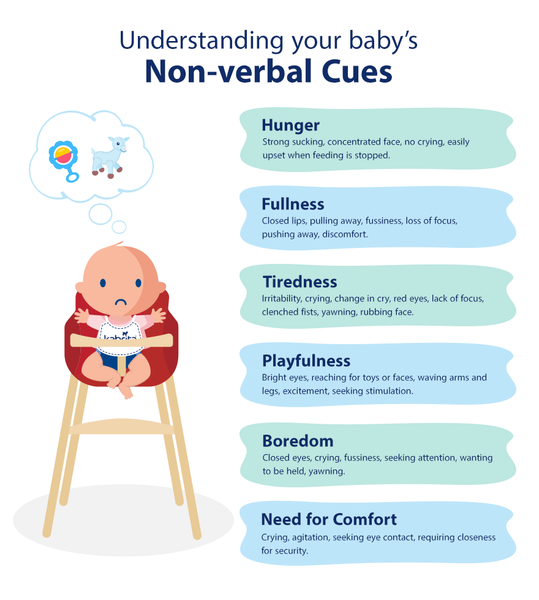
Interpreting Your Baby's Nonverbal Cues
Each baby has their own unique way of communicating, influenced by their individuality, age, and developmental stage. It's important to recognize that you don't have to interpret their communication perfectly every time. What matters most is making an effort to understand their needs and desires.
I'm still hungry!
The baby shows signs of hunger by sucking strongly and swallowing the milk in their mouth. Their face exhibits concentration, and they remain calm without crying or fussing. When the breast or bottle is taken away, the baby cries and complains. They are not easily distracted by their surroundings.
I’m full
When the baby is full, they close their lips and pull away from the breast or bottle. They may start to fuss and cry, and they stop sucking and swallowing. Milk may pool in their mouth, and dribble. They become easily distracted and lose focus on sucking. They push the breast or bottle away, turn their head to the side, close their eyes, and may appear uncomfortable.
I’m tired
When the baby is tired, they become irritable and start crying. Their cry changes in pitch and intensity, and they are no longer content. eyes become red, and they lose focus, staring off into space. The baby's face scrunches up, and their hands clenched into fists. Yawning and rubbing their face with their hands are also signs of tiredness.
I want to play
When the baby wants to play, their eyes are bright and open, and they reach for a toy or someone's face. They wave their arms and legs in excitement, and they might even squeal and laugh. They look around for something stimulating, attempting to move toward a toy or anything that catches their attention.
I’m bored
Watch as the baby closes their eyes and breaks eye contact; they are searching for something more interesting to gaze at. They start to cry and fuss because they lose interest in what they were doing before. The baby wants to be held and carried, and they might even yawn just to show that they really need some entertainment.
I want comfort
Babies express their need for comfort through crying and agitation, seeking assistance, and reaching out to be held. They seek eye contact and connection with familiar faces. It's crucial to stay close and provide comfort when strangers are present. Whether feeling frightened, uncertain, in unfamiliar surroundings, or simply seeking reassurance, being near the baby provides a sense of security.
It's important to remember that communication is not a one-sided process. Shortly after birth, babies start to grasp that "words, voice tone, facial expressions, and gestures" are all forms of communication they receive from others, and they begin to respond to these cues.
Responding to Your Baby's Nonverbal Communication
If you’re wondering how to communicate with babies, it is important to know that every baby has their own unique set of cues to communicate their feelings and needs. As you and your baby become more familiar with each other, you will learn to recognize and interpret their individual cues, allowing you to respond in the most effective way.
It is crucial to respond to your baby's nonverbal communication appropriately, both in words and actions. The response should align with the baby's communication, although occasional mistakes are acceptable. However, a sufficient number of attuned responses are essential for the baby's development.
For instance, when a baby yawns, it signals tiredness, and the appropriate next step is to help them go to sleep. Your baby may also appear relaxed when you smile at them, or they may respond better when you sing and talk to them. This knowledge guides your future responses when your baby displays similar cues.
While setting aside dedicated time for tuning into a baby's nonverbal communication is valuable, the everyday routines provide the best opportunities for interaction. Activities like nappy changing offer ideal moments for face-to-face contact, as every baby requires their nappy to be changed.
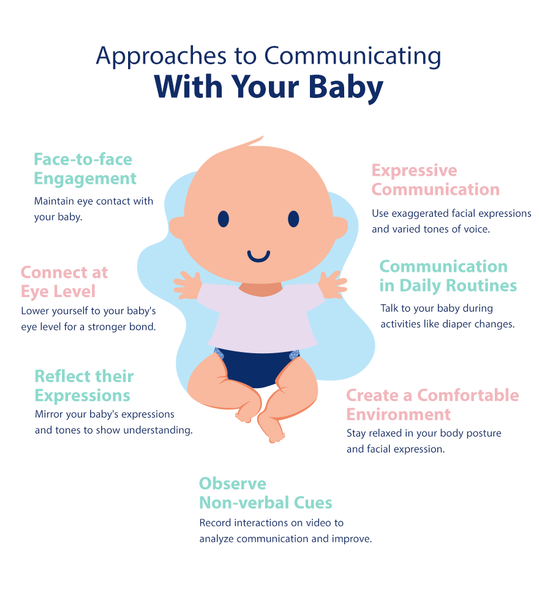
Conclusion
By modeling positive non-verbal communication, such as appropriate facial expressions and warm body language, parents can help their babies understand this form of communication and develop their own skills. This foundation will contribute to their ability to build relationships in the future.
Learn how to understand babies by working toward enhancing your communication with your baby and support the development of their non-verbal communication skills through the following approaches:
As adults, we sometimes overlook the fact that babies cannot yet speak, but they are constantly communicating. It's truly amazing to observe what a baby can convey through their non-verbal cues so ensure that you are encouraging their attempts at communication and responding appropriately.


